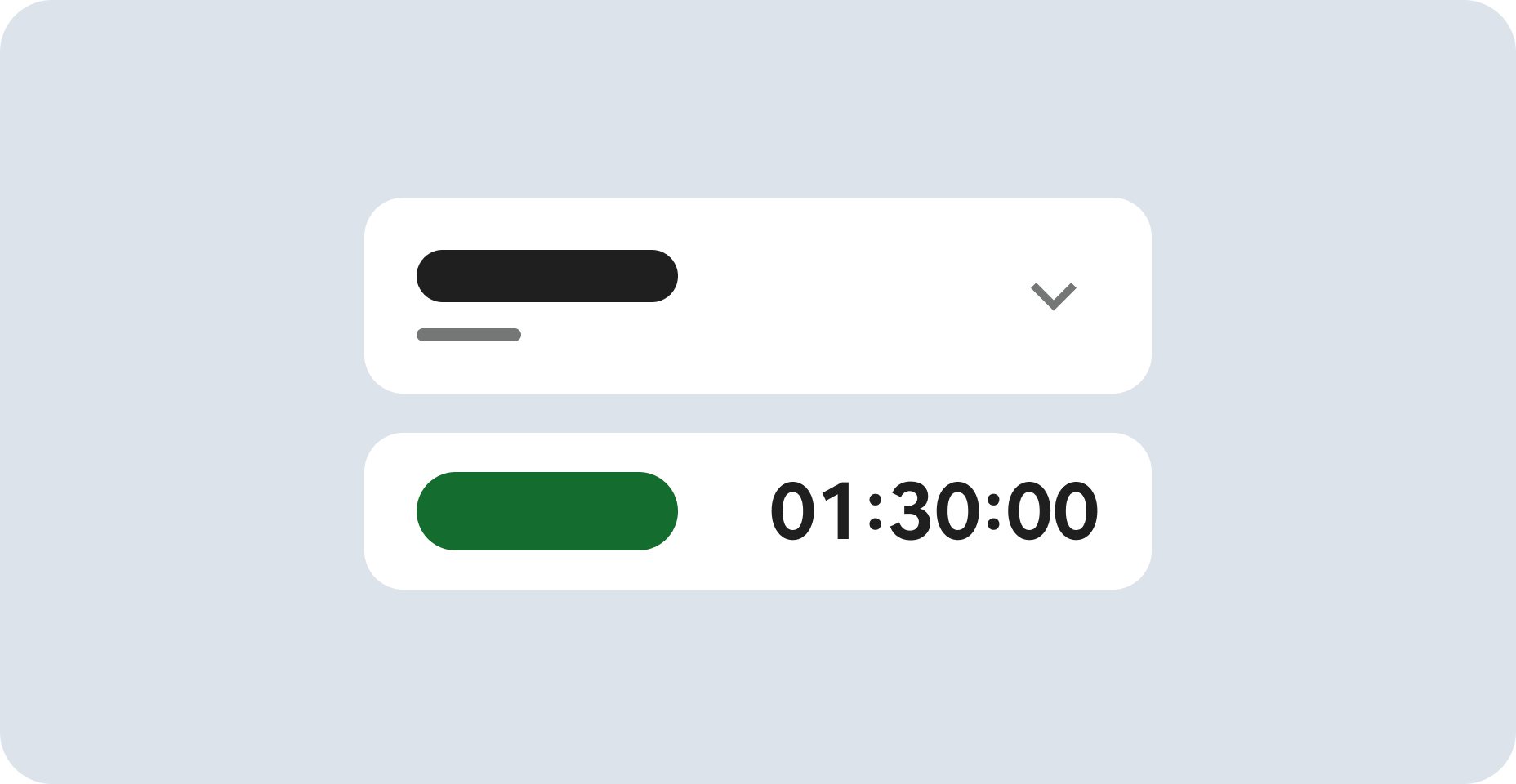
Before you begin
- Labs create a Google Cloud project and resources for a fixed time
- Labs have a time limit and no pause feature. If you end the lab, you'll have to restart from the beginning.
- On the top left of your screen, click Start lab to begin
Create a new dataset and table to store the data
/ 20
Execute the query to see how many unique products were viewed
/ 15
Execute the query to use the UNNEST() on array field
/ 15
Create a dataset and a table to ingest JSON data
/ 20
Execute the query to COUNT how many racers were there in total
/ 10
Execute the query that will list the total race time for racers whose names begin with R
/ 10
Execute the query to see which runner ran fastest lap time
/ 10
BigQuery is Google's fully managed, NoOps, low cost analytics database. With BigQuery you can query terabytes and terabytes of data without having any infrastructure to manage or needing a database administrator. BigQuery uses SQL and can take advantage of the pay-as-you-go model. BigQuery allows you to focus on analyzing data to find meaningful insights.
In this lab, you work in-depth with semi-structured data (ingesting JSON, Array data types) inside of BigQuery. Denormalizing your schema into a single table with nested and repeated fields can yield performance improvements, but the SQL syntax for working with array data can be tricky. You will practice loading, querying, troubleshooting, and unnesting various semi-structured datasets.
In this lab, you learn how to:
Read these instructions. Labs are timed and you cannot pause them. The timer, which starts when you click Start Lab, shows how long Google Cloud resources are made available to you.
This hands-on lab lets you do the lab activities in a real cloud environment, not in a simulation or demo environment. It does so by giving you new, temporary credentials you use to sign in and access Google Cloud for the duration of the lab.
To complete this lab, you need:
Click the Start Lab button. If you need to pay for the lab, a dialog opens for you to select your payment method. On the left is the Lab Details pane with the following:
Click Open Google Cloud console (or right-click and select Open Link in Incognito Window if you are running the Chrome browser).
The lab spins up resources, and then opens another tab that shows the Sign in page.
Tip: Arrange the tabs in separate windows, side-by-side.
If necessary, copy the Username below and paste it into the Sign in dialog.
You can also find the Username in the Lab Details pane.
Click Next.
Copy the Password below and paste it into the Welcome dialog.
You can also find the Password in the Lab Details pane.
Click Next.
Click through the subsequent pages:
After a few moments, the Google Cloud console opens in this tab.
The Welcome to BigQuery in the Cloud Console message box opens. This message box provides a link to the quickstart guide and the release notes.
The BigQuery console opens.
Name the new dataset fruit_store. Leave the other options at their default values (Data Location, Default Expiration).
Click Create dataset.
Normally in SQL you will have a single value for each row like this list of fruits below:
|
Row |
Fruit |
|
1 |
raspberry |
|
2 |
blackberry |
|
3 |
strawberry |
|
4 |
cherry |
What if you wanted a list of fruit items for each person at the store? It could look something like this:
|
Row |
Fruit |
Person |
|
1 |
raspberry |
sally |
|
2 |
blackberry |
sally |
|
3 |
strawberry |
sally |
|
4 |
cherry |
sally |
|
5 |
orange |
frederick |
|
6 |
apple |
frederick |
In traditional relational database SQL, you would look at the repetition of names and immediately think of splitting the above table into two separate tables: Fruit Items and People. That process is called normalization (going from one table to many). This is a common approach for transactional databases like mySQL.
For data warehousing, data analysts often go the reverse direction (denormalization) and bring many separate tables into one large reporting table.
Now, you're going to learn a different approach that stores data at different levels of granularity all in one table using repeated fields:
|
Row |
Fruit (array) |
Person |
|
1 |
raspberry |
sally |
|
blackberry | ||
|
strawberry | ||
|
cherry | ||
|
2 |
orange |
frederick |
|
apple |
What looks strange about the previous table?
What the key insight? The array data type!
An easier way to interpret the Fruit array:
|
Row |
Fruit (array) |
Person |
|
1 |
[raspberry, blackberry, strawberry, cherry] |
sally |
|
2 |
[orange, apple] |
frederick |
Both of these tables are exactly the same. There are two key learnings here:
Try it yourself.
Click Run.
Now try executing this one:
You should get an error that looks like the following:
Error: Array elements of types {INT64, STRING} do not have a common supertype at [3:1]
Arrays can only share one data type (all strings, all numbers).
Click Run.
After viewing the results, click the JSON tab to view the nested structure of the results.
What if you had a JSON file that you needed to ingest into BigQuery?
Create a new table fruit_details in the dataset.
fruit_store dataset.Now you will see the Create Table option.
cloud-training/data-insights-course/labs/optimizing-for-performance/shopping_cart.json
Call the new table fruit_details.
Check the checkbox of Schema (Auto detect).
Click Create table.
In the schema, note that fruit_array is marked as REPEATED which means it's an array.
Recap
Click Check my progress to verify the objective.
Don't have arrays in your tables already? You can create them!
Now, use the ARRAY_AGG() function to aggregate our string values into an array.
ARRAY_LENGTH() function to count the number of pages and products that were viewed:DISTINCT to ARRAY_AGG():Click Check my progress to verify the objective.
Recap
You can do some pretty useful things with arrays like:
ARRAY_LENGTH(<array>)
ARRAY_AGG(DISTINCT <field>)
ARRAY_AGG(<field> ORDER BY <field>)
ARRAY_AGG(<field> LIMIT 5)
The BigQuery Public Dataset for Google Analytics bigquery-public-data.google_analytics_sample has many more fields and rows than our course dataset data-to-insights.ecommerce.all_sessions. More importantly, it already stores field values like products, pages, and transactions natively as ARRAYs.
Run the query.
Scroll right in the results until you see the hits.product.v2ProductName field (multiple field aliases are discussed shortly).
The amount of fields available in the Google Analytics schema can be overwhelming for analysis.
You will get an error:
Error:Cannot access field page on a value with type ARRAY<STRUCT<hitNumber INT64, time INT64, hour INT64, ...>> at [3:8]
Before you can query REPEATED fields (arrays) normally, you must first break the arrays back into rows.
For example, the array for hits.page.pageTitle is stored currently as a single row like:
and it needs to be:
How do you do that with SQL?
Answer: Use the UNNEST() function on your array field:
We'll cover UNNEST() more in detail later but for now just know that:
Click Check my progress to verify the objective.
You may have wondered why the field alias hit.page.pageTitle looks like three fields in one separated by periods. Just as ARRAY values give you the flexibility to go deep into the granularity of your fields, another data type allows you to go wide in your schema by grouping related fields together. That SQL data type is the STRUCT data type.
The easiest way to think about a STRUCT is to consider it conceptually like a separate table that is already pre-joined into your main table.
A STRUCT can have:
Sounds just like a table right?
To open the bigquery-public-data dataset, click +ADD and then select Star a project by name and enter the name bigquery-public-data
Click Star.
The bigquery-public-data project is listed in the Explorer section.
Open bigquery-public-data.
Find and open google_analytics_sample dataset.
Click the ga_sessions_ (366) table.
Start scrolling through the schema and answer the following question by using the find feature of your browser.
As you can imagine, there is an incredible amount of website session data stored for a modern ecommerce website.
The main advantage of having 32 STRUCTs in a single table is it allows you to run queries like this one without having to do any JOINs:
.* syntax tells BigQuery to return all fields for that STRUCT (much like it would if totals.* was a separate table we joined against).Storing your large reporting tables as STRUCTs (pre-joined "tables") and ARRAYs (deep granularity) allows you to:
The next dataset will be lap times of runners around the track. Each lap will be called a "split".
|
Row |
runner.name |
runner.split |
|
1 |
Rudisha |
23.4 |
What do you notice about the field aliases? Since there are fields nested within the struct (name and split are a subset of runner) you end up with a dot notation.
What if the runner has multiple split times for a single race (like time per lap)?
With an array of course!
|
Row |
runner.name |
runner.splits |
|
1 |
Rudisha |
23.4 |
|
26.3 | ||
|
26.4 | ||
|
26.1 |
To recap:
Create a new dataset titled racing.
Click on racing dataset and click Create table.
cloud-training/data-insights-course/labs/optimizing-for-performance/race_results.json
Call the new table race_results.
Click Create table.
After the load job is successful, preview the schema for the newly created table:
Which field is the STRUCT? How do you know?
The participants field is the STRUCT because it is of type RECORD.
Which field is the ARRAY?
The participants.splits field is an array of floats inside of the parent participants struct. It has a REPEATED Mode which indicates an array. Values of that array are called nested values since they are multiple values inside of a single field.
Click Check my progress to verify the objective.
How many rows were returned?
Answer: 1
What if you wanted to list the name of each runner and the type of race?
Error: Cannot access field name on a value with type ARRAY<STRUCT<name STRING, splits ARRAY<FLOAT64>>>> at [2:27]
Much like forgetting to GROUP BY when you use aggregation functions, here there are two different levels of granularity. One row for the race and three rows for the participants names. So how do you change this...
|
Row |
race |
participants.name |
|
1 |
800M |
Rudisha |
|
2 |
??? |
Makhloufi |
|
3 |
??? |
Murphy |
...to this:
|
Row |
race |
participants.name |
|
1 |
800M |
Rudisha |
|
2 |
800M |
Makhloufi |
|
3 |
800M |
Murphy |
In traditional relational SQL, if you had a races table and a participants table what would you do to get information from both tables? You would JOIN them together. Here the participant STRUCT (which is conceptually very similar to a table) is already part of your races table but is not yet correlated correctly with your non-STRUCT field "race".
Can you think of what two word SQL command you would use to correlate the 800M race with each of the racers in the first table?
Answer: CROSS JOIN
Great!
Table name "participants" missing dataset while no default dataset is set in the request.
Even though the participants STRUCT is like a table, it is still technically a field in the racing.race_results table.
Wow! You've successfully listed all of the racers for each race!
|
Row |
race |
name |
|
1 |
800M |
Rudisha |
|
2 |
800M |
Makhloufi |
|
3 |
800M |
Murphy |
|
4 |
800M |
Bosse |
|
5 |
800M |
Rotich |
|
6 |
800M |
Lewandowski |
|
7 |
800M |
Kipketer |
|
8 |
800M |
Berian |
This will give you the same query result:
If you have more than one race type (800M, 100M, 200M), wouldn't a CROSS JOIN just associate every racer name with every possible race like a cartesian product?
Answer: No. This is a correlated cross join which only unpacks the elements associated with a single row. For a greater discussion, see working with ARRAYs and STRUCTs
Recap of STRUCTs:
STRUCT(``"Rudisha" as name, [23.4, 26.3, 26.4, 26.1] as splits``)`` AS runner
Answer the below questions using the racing.race_results table you created previously.
Task: Write a query to COUNT how many racers were there in total.
FROM.Possible solution:
|
Row |
racer_count |
|
1 |
8 |
Answer: There were 8 racers who ran the race.
Click Check my progress to verify the objective.
Write a query that will list the total race time for racers whose names begin with R. Order the results with the fastest total time first. Use the UNNEST() operator and start with the partially written query below.
Possible solution:
|
Row |
name |
total_race_time |
|
1 |
Rudisha |
102.19999999999999 |
|
2 |
Rotich |
103.6 |
Click Check my progress to verify the objective.
You happened to see that the fastest lap time recorded for the 800 M race was 23.2 seconds, but you did not see which runner ran that particular lap. Create a query that returns that result.
Possible solution:
|
Row |
name |
split_time |
|
1 |
Kipketer |
23.2 |
Click Check my progress to verify the objective.
You've successfully ingested JSON datasets, created ARRAYs and STRUCTs, and unnested semi-structured data for insights.
...helps you make the most of Google Cloud technologies. Our classes include technical skills and best practices to help you get up to speed quickly and continue your learning journey. We offer fundamental to advanced level training, with on-demand, live, and virtual options to suit your busy schedule. Certifications help you validate and prove your skill and expertise in Google Cloud technologies.
Manual Last Updated December 10, 2024
Lab Last Tested December 10, 2024
Copyright 2025 Google LLC All rights reserved. Google and the Google logo are trademarks of Google LLC. All other company and product names may be trademarks of the respective companies with which they are associated.

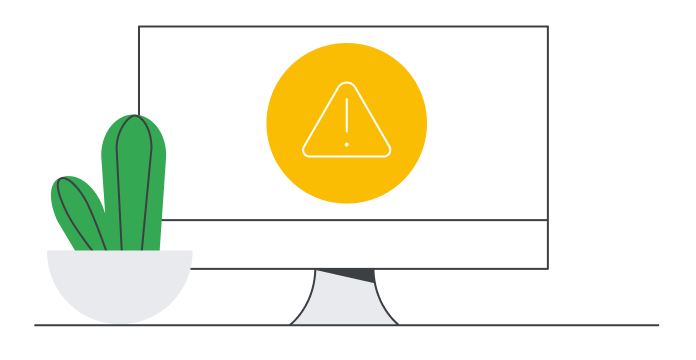
This content is not currently available
We will notify you via email when it becomes available
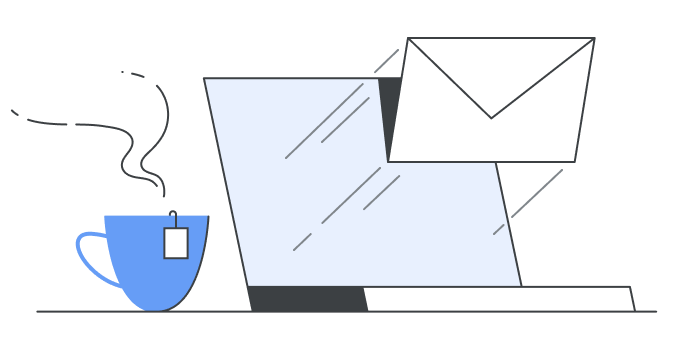
Great!
We will contact you via email if it becomes available
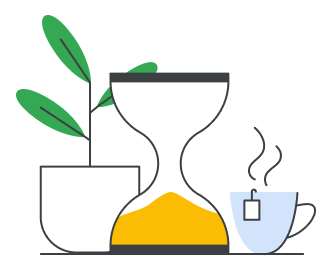
One lab at a time
Confirm to end all existing labs and start this one
